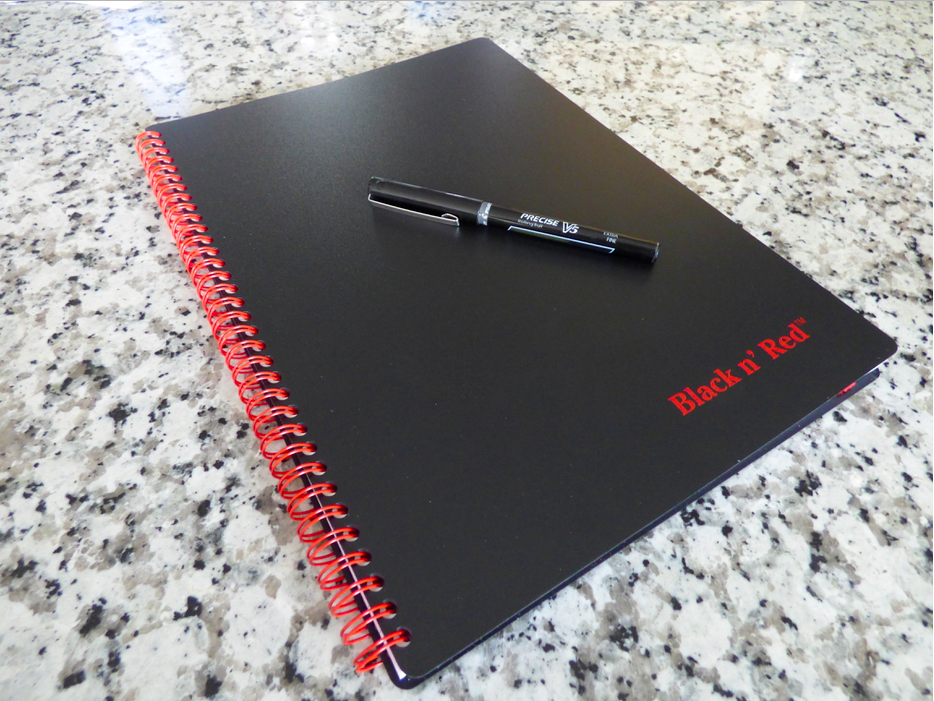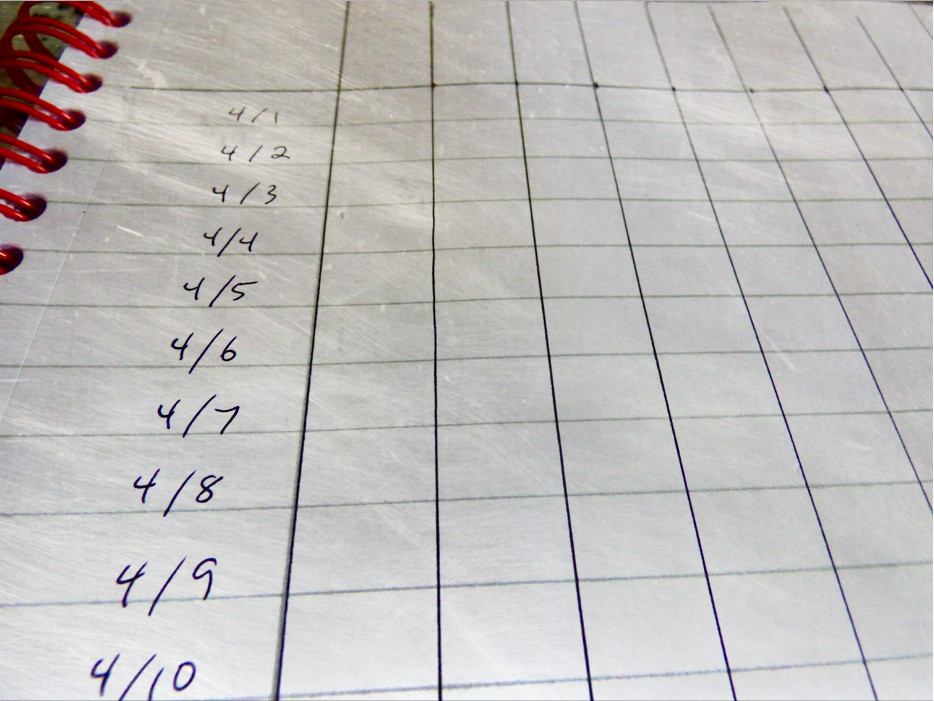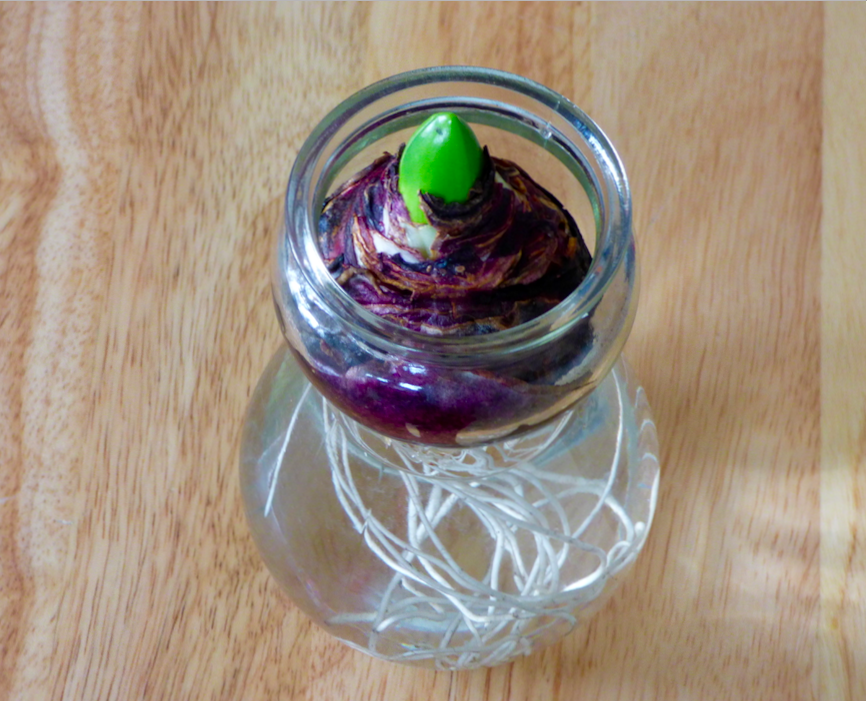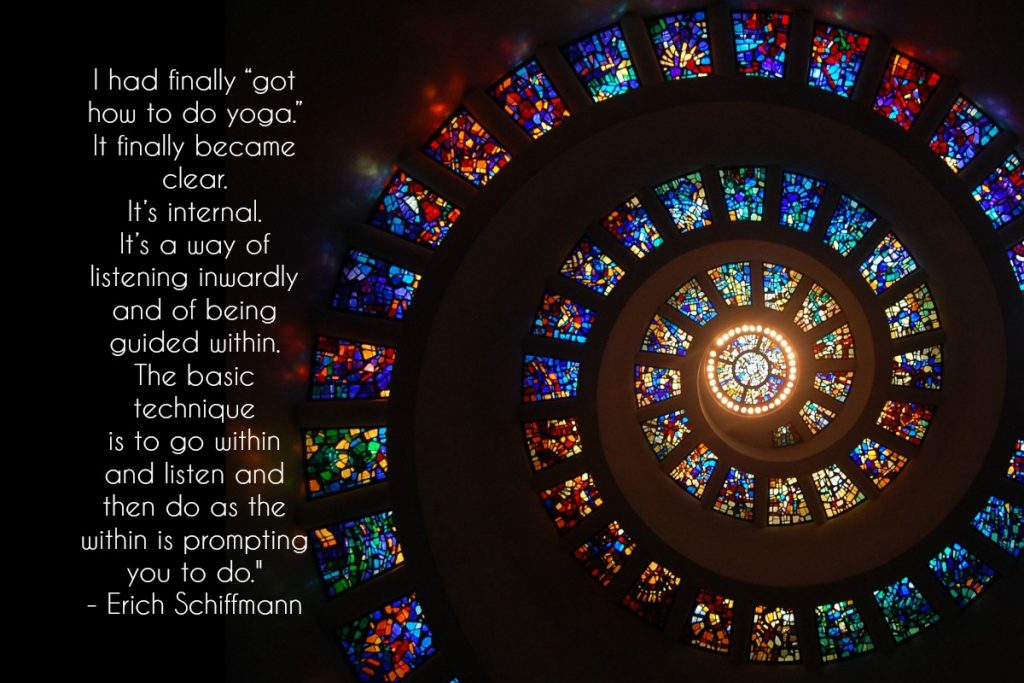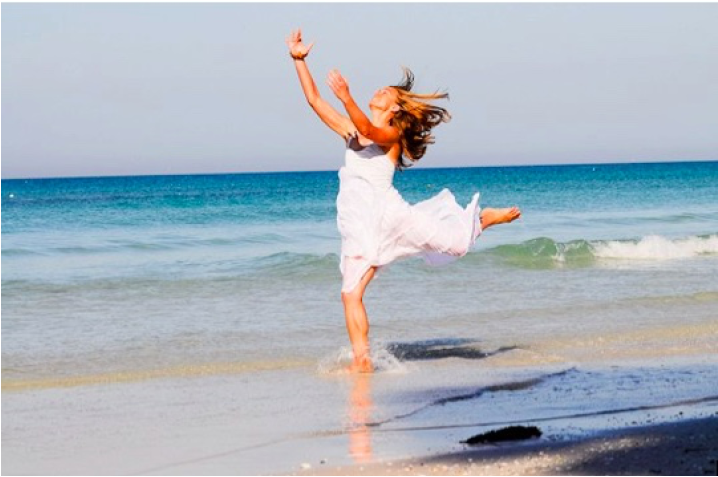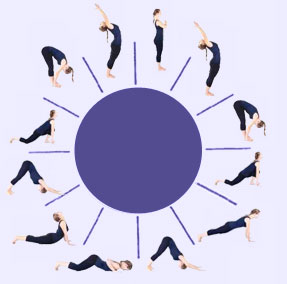I view dance as a medium for life force energy cultivation; it is a matrix for various movement technologies. This feeling of heightened awareness is like an electrical current moving through my body. I have experienced this sensation through movement, music, meditation, and while observing dance.
I’ve been aware of this phenomenon since my early childhood. My father is a musician, and so I asked him why I had goose bumps when I listened to music. He explained that it was an effect of the aesthetic sense, but that felt like only part of the answer. I went searching for more answers, which I discovered through dance, yoga, and martial arts.
The common denominator that wove these modalities together has many names: àse, chi, prana, mana, and pneuma are all used to describe this concept of vital energy.
I was blessed to connect with teachers who furthered my understanding of the conductive nature of dance. One of my primary teachers was dancer, choreographer and anthropologist Arthur Hall. I also completed immersive studies with Yogi Nataraja Kallio and Dr. Avi Ginsberg.
I dance because it recharges my human battery. For me, the effects of dancing extend beyond the benefits of exercise, lifestyle and diet. This nourishment has sustained me through some of the greatest challenges in my life. It is alchemical, meditative and therapeutic; it is a taste of freedom that I aspire to share in my service as a teacher.
If you enjoyed this article you might also like:


